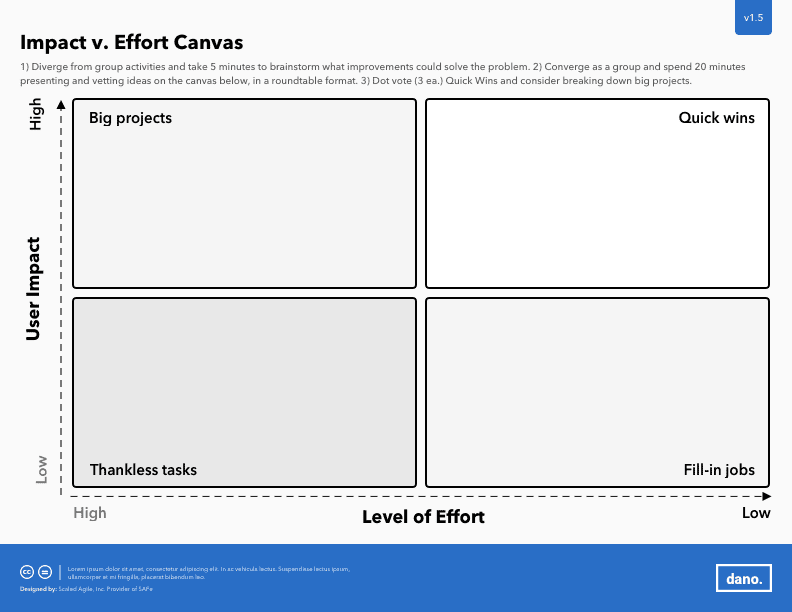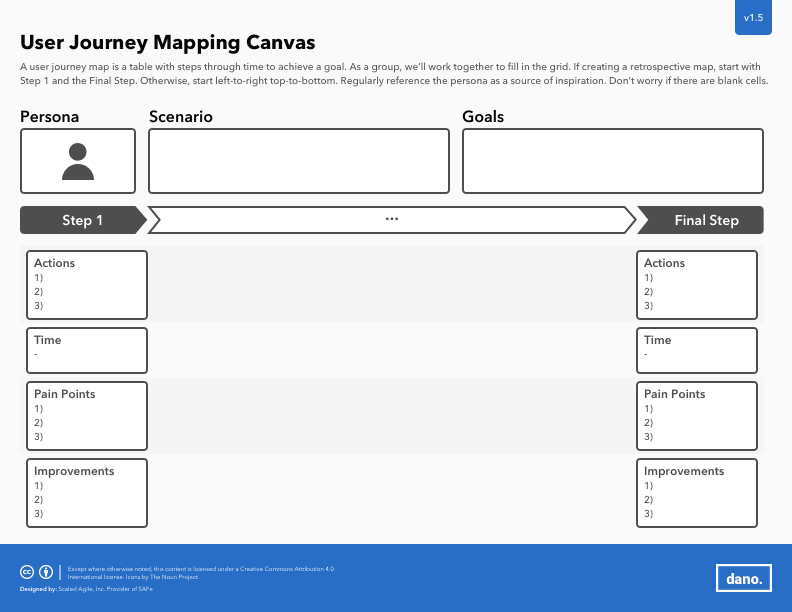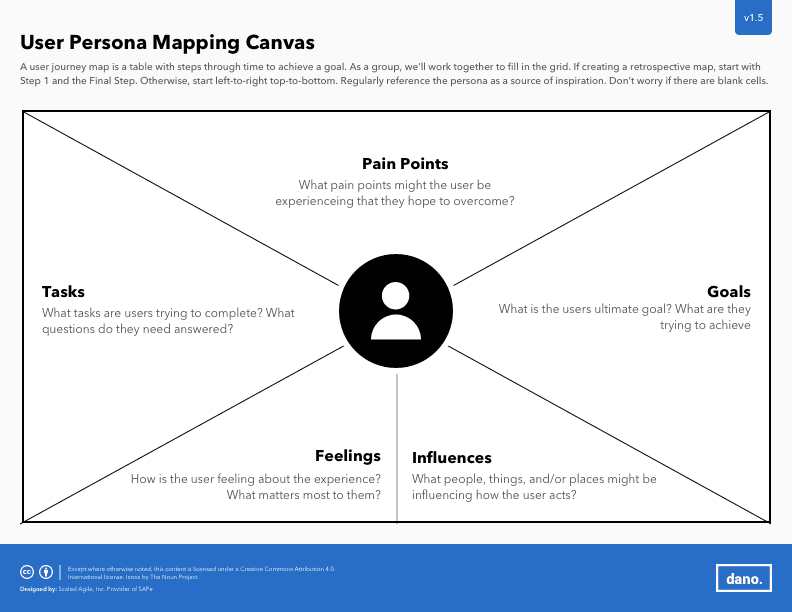Benefit Hypothesis Building Canvas
Design Thinking Toolkit Series | August 6th, 2019

A benefit hypothesis is a statement that defines the potential positive impact or outcome that a product, service, or solution is expected to have on its intended users or customers. A benefit hypothesis is an essential component of product development and design thinking, as it provides a clear direction for the development team and helps ensure that the end result is aligned with the needs and wants of the target audience.
A benefit hypothesis typically takes the form of “By [doing this], [these] customers will [achieve this benefit].” For example, “By providing a mobile app that helps users track their daily water intake, customers will be able to increase their daily water consumption and improve their overall hydration.”
The benefit hypothesis is used to guide the development of the product and to test and validate the assumptions about the target audience and their needs. The hypothesis is tested and refined through user research, prototyping, and testing, and is updated as new insights are gained about the target audience and the product’s potential impact.
In conclusion, a benefit hypothesis is a critical tool for ensuring that a product is developed with the user or customer in mind, and for ensuring that the end result meets the needs and expectations of the target audience.


